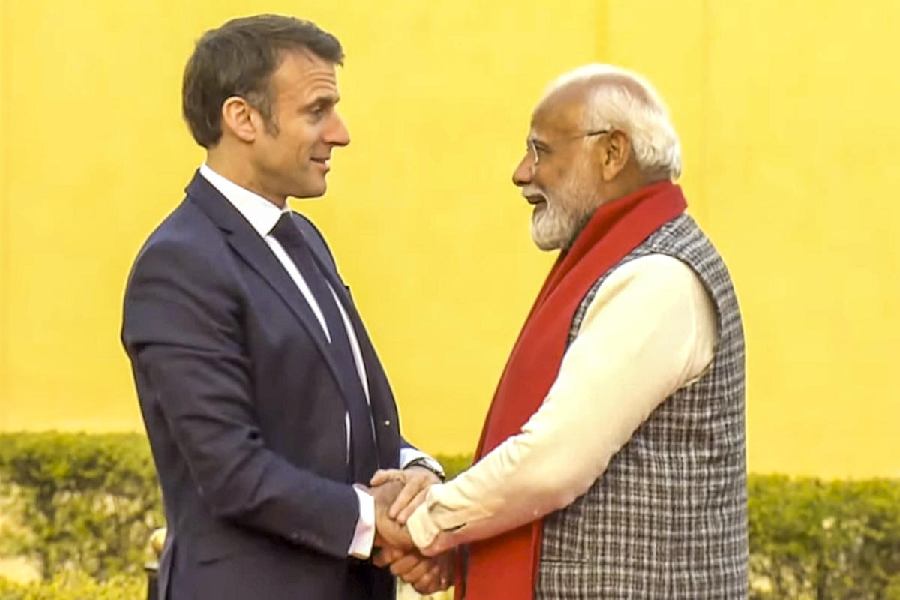On Monday, Prime Minister Narendra Modi had proclaimed Ram as the “faith, foundation and law” of India. Three days on, he appeared to redefine secularism, as well as social justice, as government welfare reaching all beneficiaries without “partiality”.
“My government does what it says; it completes the projects it starts. My effort is to take the government’s schemes to every beneficiary,” the Prime Minister told a government programme turned election rally in Bulandshahr, Uttar Pradesh.
“Modi is giving you the guarantee of saturation, of covering 100 per cent people under the schemes. There is no room for partiality when the government reaches 100 per cent beneficiaries. There is no room for corruption when the government reaches cent per cent beneficiaries. And this is true secularism, true social justice.”
The Muslim population in Bulandshahr and other western Uttar Pradesh districts is higher (25 to 45 per cent) compared with eastern districts like Ayodhya.
Elaborating on the new definition of secularism, Modi continued: “The needs of any community are the same; the needs and dreams of the farmers of any community are the same; the needs and dreams of the women of every community are also the same. The dreams and challenges of the youths of any community are the same. This is why Modi wants to reach every needy person without any discrimination.”
He went on to attack political opponents while referring to a slogan used successfully by Indira Gandhi over half a century ago.
“After Independence, some coined the slogan ‘Garibi hatao’ (eradicate poverty) and some others lied in the name of social justice,” Modi said.
“But the poor of the country saw that good fortune reached only a few families.... The poor, Dalits and backwards were afraid of criminals and riots. But the situation is changing now because Modi is honestly engaged in their service.”
Modi on Thursday remotely laid the foundation stones for about Rs 19,000 crore worth of projects in Bulandshahr including new railway lines, water supply and sewer lines, a petroleum pipeline and road connectivity with industrial cities.
Although he was travelling to attend a government programme, Modi stood in an open jeep during the last 20km of his 90km road journey from New Delhi to Bulandshahr, flanked by chief minister Yogi Adityanath and state BJP president Bhupendra Chaudhary.
He entered the rally venue — the Chandmari Ground in Chola area of the district — waving to the crowd and began his speech by invoking Ram and Ayodhya.
“I had an auspicious sight of Lord Ram in Ayodhya Dham on January 22,” he said.
He reminded the people of western Uttar Pradesh that “this area belongs to Kalyan Singh, who dedicated his life to the service of Ram and the nation”.
Kalyan was BJP chief minister of Uttar Pradesh when a mob of kar sevaks demolished the Babri Masjid in Ayodhya on December 6, 1992, demanding a Ram temple at the site. Kalyan, an OBC politician, died in 2021.
“He (Kalyan) must be elated to see Ayodhya Dham from wherever he is. It’s our good fortune that we fulfilled his and others’ dream,” Modi said.
“I had said in the proximity of Ram Lalla in Ayodhya that while the Pran Pratistha is complete, now is the time to take the glory of the nation to new heights. We have to build a path from the god (dev) to the country (desh); from Ram to rashtra. Our target is to make India a developed country by 2047.”
On the dais, Adityanath handed Modi a Ram idol and a marble plaque carrying an artist’s sketch of Ayodhya town. He said the Prime Minister had visited Bulandshahr to bless the people after inaugurating the Ram temple.










